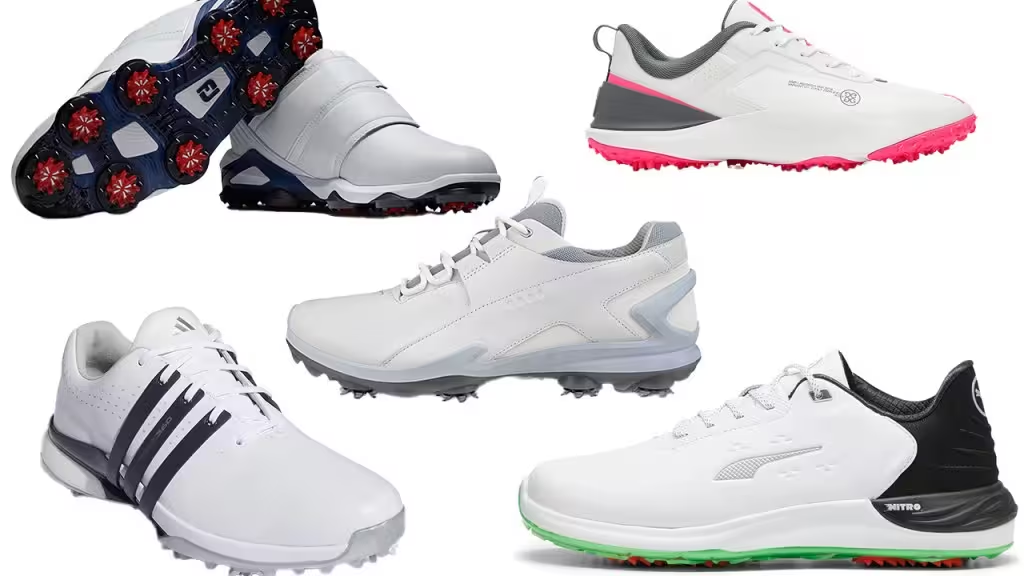As the leaves turn gold and red and the temperatures start to dip, golfers everywhere face a familiar dilemma: what’s the right footwear for cool, wet conditions? Autumn rounds can be spectacular, but they can also bring soggy fairways, dew-covered rough, and enough mud to make even the sturdiest golfer slip up. Choosing the wrong shoes can turn what should be an enjoyable day on the course into a soggy, slippery slog. So, let’s dive into what you need from golf shoes when fall conditions hit and how to pick the right pair for your game.
Spiked vs. Spikeless: Which One Wins in Wet Conditions?
One of the first decisions you’ll need to make is whether to lace up a pair of spiked or spikeless shoes. Both have their merits, but in slick, wet conditions, the differences can be critical.
Spiked Shoes: These are the traditional, go-to shoes for golfers who place a premium on traction, especially when there’s a chance your feet might shift while making your swing. The extra grip cleats can help keep your feet planted in the turf, which can lead to more consistent ballstriking and a feeling of stability throughout your swing. Plus, if you tend to play on hilly or uneven courses, the added grip can help you stay balanced when the ground is soft and muddy.
If cleated shoes have a downside, it is they are often heavier, and the housing designed to hold the replaceable cleats adds a rigid area to the outsole, which can make the shoes less comfortable on long walks.
Spikeless Shoes: More versatile and often designed with comfort in mind, spikeless shoes have made huge strides in recent years. Modern designs use innovative sole patterns and traction elements to give you grip without the bulk of cleats, and they tend to be lighter and more flexible. This makes spikeless shoes a popular choice for golfers who typically walk 18 holes or players who want to wear the same shoes from the parking lot to the course and back again.
However, while today’s spikeless shoes are much better in wet conditions than they used to be, they can still be prone to slippage if the course is particularly slick. If you’re playing early in the morning or after a long, steady rain, spikeless shoes won’t dig into the ground like their spiked counterparts. And, as the traction elements wear over time, they can’t be replaced like the re-moveable cleats on spiked shoes.
Waterproofing: Keeping the Damp Out
The most important feature for autumn golf footwear is waterproofing. When the course…
..
Click Here to Read the Full Original Article at Golfweek…
